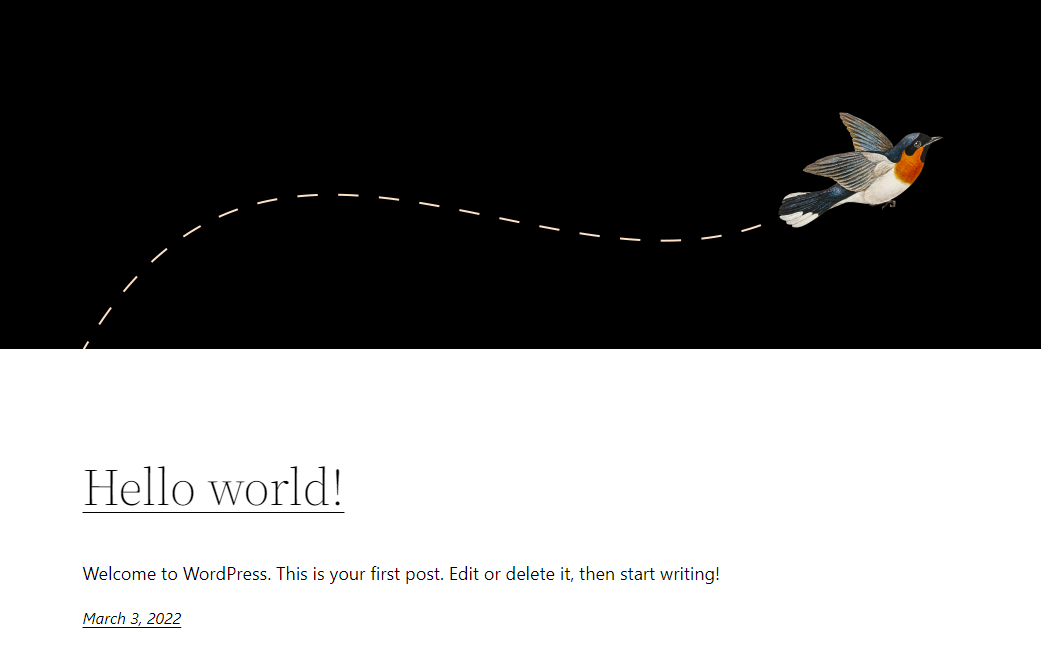Can it hurt to change the category of an article?
Some of the decisions you make in the early stages of your website can sometimes have long-term consequences. When you start with WordPress or another content management system, you have the option of assigning all of your products or articles to a specific category. The way you do this categorization seems simple, but it can affect a number of things if you don't pay attention. In this blog post, we're going to look at what impact this can have. And how best to set it up to begin with.
Categories within a blog site
When you start with a blog, in most cases you won't have that much content yet. The growth of a blog is lengthy and usually happens organically. One week you feel like diving into one set of topics, and the next you're diving into another area of your industry.
If you are working on a specific topic, you can file all the articles under a general branch in your categories, but once you have more than one article on a specific subtopic, it may be better to file them under a specific category. This way, it is also easier for your readers and visitors to find content they want to know more about. This is positive for your visitors and, of course, positive for you. The longer visitors stay on your site, the more likely they are to make a conversion and click on an ad, for example. Click on an affiliate link or subscribe to your newsletter.
Subcategories are important for some of these reasons, and so you will naturally create and categorize them as your content grows. In fact, 100 articles within the same category can often be better subdivided.
URLs and Google SEO
The reason you should care about this in the first place is, of course, the search engine optimization of your website hosting. If you make random changes to the final URLs of your website, it will have to be re-indexed by the search engine. If you make changes to it without re-indexing it, your search result may no longer be valid and you may receive a 404 message, for example. If this is the case, it is considered a bad user experience. This can lead to worse results for your website.
So, if you have the category in your full URL, you should pay attention to it when you change it. Change the old URL and redirect it to the new location with a 301 or 302 redirect. This way, you will avoid the 404 error messages that users may experience. This way, with a new URL, you can ensure that users still end up in the right place.
Categories within a webshop
Within a webshop you often can't avoid to include the category in the URL, especially if you have several similar products and names this is often easier to divide and to avoid duplicates the category in the URL is a solution. However, as soon as you make changes to it, it is important that you manually re-index the URLs using Google Search Console; if you don't, this can also lead to problems.
Be flexible and use certain structures
Therefore, for the reasons mentioned above, it often makes more sense not to display the category in your website URLs. This way, you can be more flexible with it at a later time. And you can change your categories to add a subcategory, for example. This only has a visual impact for your visitors, but otherwise can't hurt references in manual links or indexing.
So introducing multiple categories or a subcategory at a later stage can have a positive impact on your visitors' user experience. Once they find a topic they want to know more about or a product they like, they can stay in the same category to find exactly what they are looking for. This is beneficial for both blogs and web stores.
How have you set up URLs and categories on your websites? Let us know via social media!
